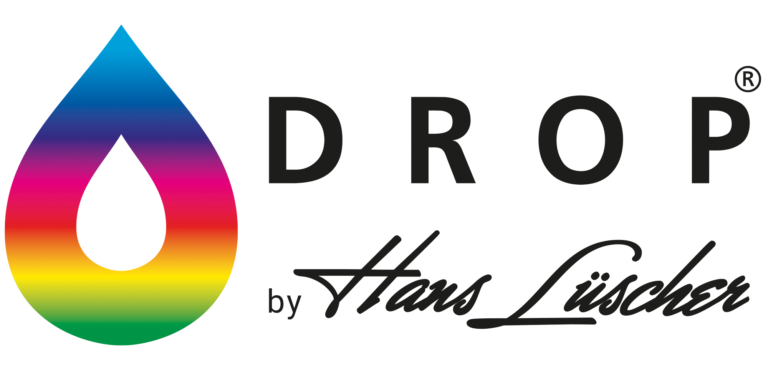Phoenix DLES CtS / CtP
Computer to Screen and Computer to Plate
With the Phoenix DLES UV laser direct beamer, high-quality printing plates can be produced for virtually all printing processes.
Whether for screen printing, offset printing, Folex films, flexo plates or embossing dies, the Phoenix DLES offers a future-proof solution for the production of high quality printing plates for classic and industrial printing applications at the highest level of efficiency.
The unique Longlife UV laser with high-resolution DMD chip 4° exposure technology and integrated autopredictive autofocus, guarantees reproducible quality with reliable machine runtimes, especially for the production of UV sensitive printing plates with the highest resolution.
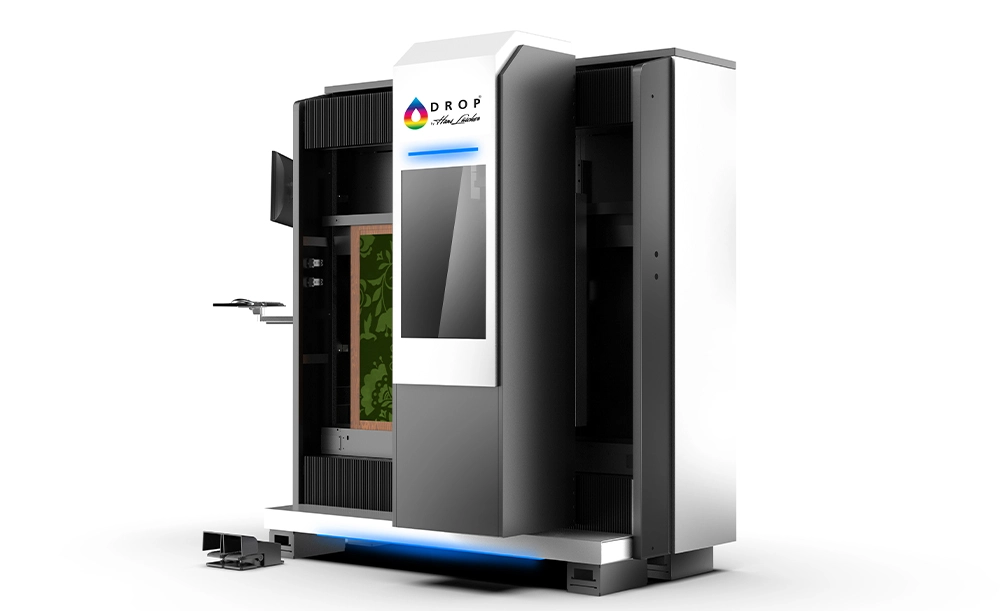
Also available as inline machine to streamline your process.
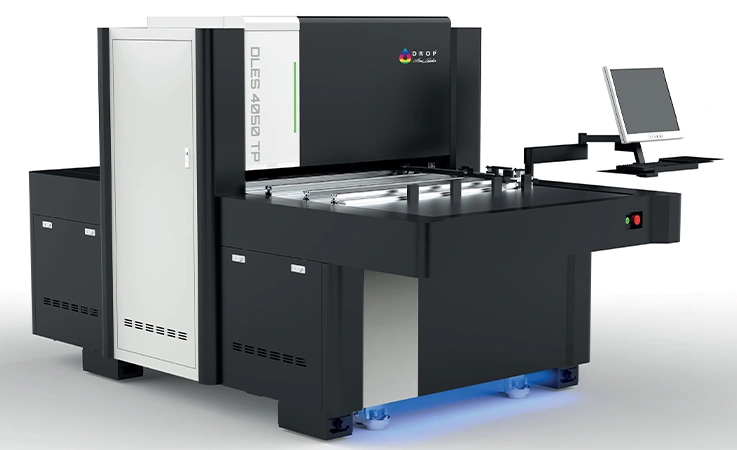
Pad Printing and other printing solutions CtP
Digital images are produced with a DMD (Digital Micro-Mirror Device) that has over 2 million micrometer mirrors that produce clear and sharp square dots.
This latest digital imaging system has become the new standard in the printing industry.

A 1270 dpi optical resolution makes it quick and easy to create 133LPI raster and high-quality raster points, while a 2540 dpi optical resolution enables high-resolution curve lines and perfect FM raster points. Further resolutions are available (3600 dpi, 5080 dpi, 12700 dpi, 25400 dpi)
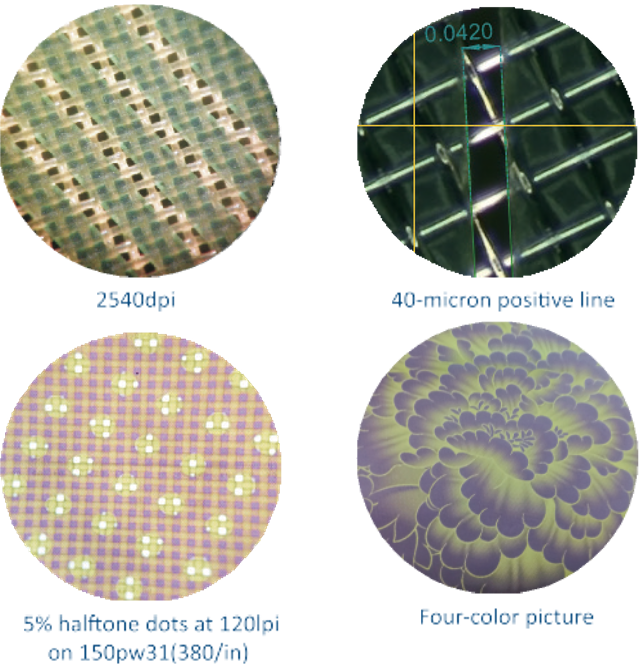
Light source generated from multiple high energy 375nm or 405nm lasers. Curing of high EOM emulsions and diazo emulsions are possible.
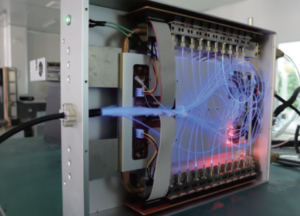
The advanced PDF segmentation algorithm allows hihigh-quality of 12,700 dpi PDF files. This method effectively avoids the problem of jagged lines that can occur when converting vector files, resulting in improved accuracy and smoother, more cohesive images. It meets the high-quality standards of precision industries such as TP and FPC, streamlining the file conversion process and increasing production efficiency.

Intelligent automatic stretching and shrinking – AI Scanner (Option)
After printing, paper must be stretched and shrunk. The conventional method can only beby tedious manual work. This method is very time-consuming and inaccurate. AI’s latest Stretch and Shrink function (Scanner) can first measure the amount of paper stretch and shrinkage, calculate the deformation, and make a highly accurate and automatic adjustment of the Tiff file to the deformation.

